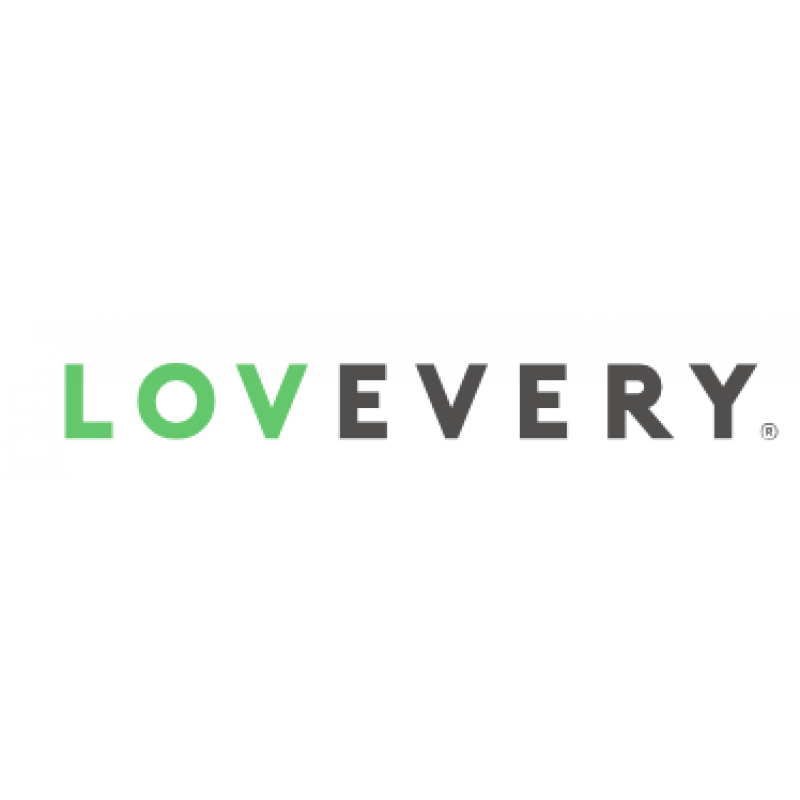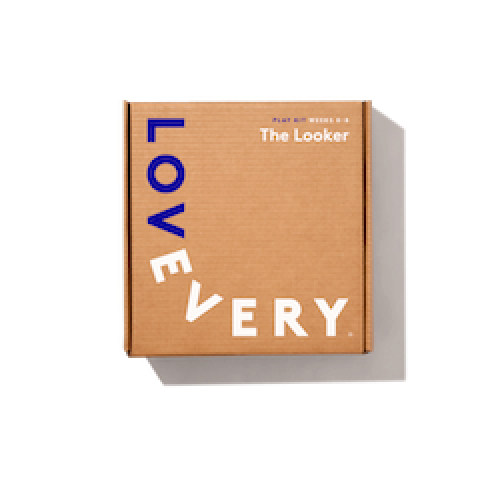The baby reacts to light variations, colors, sounds and shapes.
The baby shows interest towards faces.
The baby will start producing other sounds besides crying.
The baby turns his head to the side when lying on tummy.
Baby opens his fists
The baby enjoys socializing
Baby raises his head while on his tummy.
While lying on his back, the baby occasionally lifts his arms.
The baby can kick alternately with both feet
The baby calms in parent’s arms and when seeing faces or hearing voices.
The baby practices making different sounds
The baby can focus his eyes
The baby is trying to grab toys and things around him.
The baby can identify members of his family
The baby will turn towards voices they hear
The baby starts babble and gurgle from the 2 to 3 months of age.
The baby can laugh out loud and can scream with joy.
The baby will feel objects, get interested in toys and enjoy playing
While lying on his tummy, can lift his chest from the base and support his head
The baby will begin to get interested in other children.
The baby will find his toes.
The baby will mimic different sounds he hears.
The baby grabs objects with two hands and takes them to his mouth.
The baby can already turn from the stomach to his back and vice versa.
The baby can raise his upper body and support it with his forearms.
The baby will have a good back balance while sitting and can sit for a small amount of time when supported.
Can support himself with straight arms while lying on his tummy.
Can hold objects with one hand and moves them from one hand to another.
The baby can separate a child from an adult.
The baby can already sit when supported or when leaning on his hands. He learns to get up from the floor to sit without help.
At 6 to 9 months of age the baby may begin to fear people other than his parents and is afraid to be apart from parents.
The baby likes to play while lying on his tummy or his side, and will lift up his hands and grab raised objects.
The baby can sit without support.
The baby will lift his hands to point things or to show, what is in hand. The baby will also learn throwing things.
The baby learns to lean on walls and objects to rise to upright position.
The baby begins to understand the first words
The baby learns to crawl.
The baby can handle two objects at the time. He can pick small objects between index finger and thumb.
The baby will take preliminary steps.
The baby will give a toy when requested.
The baby says first recognizable words.
Identifies additional materials to complete a task.
Actively explores how things in the world work.
Takes objects and materials apart and attempts to reassemble them (e.g., puzzles, models, nuts and bolts).
Seeks out activities and materials that support his/her curiosity.
Willingly engages in new experiences and activities.
Interacts with a variety of materials through play.
Participates in multiple play activities with same material.
Self-selects play activity and demonstrates spontaneity.
Uses facial expressions, body language, gestures, and sign language to express ideas.
Initiates conversations, both verbally and nonverbally, about things around them.
Identifies self as being part of a family and identifies being connected to at least one significant adult.
Uses pincher grasp (index finger and thumb).
Interacts with significant adults.
Loud noises will startle the baby, the baby enjoys human sounds.
The first smile is given to the parent at about 6 weeks of age. At the same time, the baby will shed their first tears when crying.
The baby can recognize his own name.
The baby’s babbling will intensify, and he listens and wonders his own voice and tries it in different pitch.
The baby knows how to turn from his tummy to his back.
The baby can find a toy which was hidden in front of him and will begin to understand the concepts of front, back and below.
Baby practices using a spoon and taking off socks.
Identifies sights, smells, sounds, tastes and textures.






User reviews for Lovevery
You need to log in to post a review.